Copywriting for CRO: Strategies for Persuasive Messaging
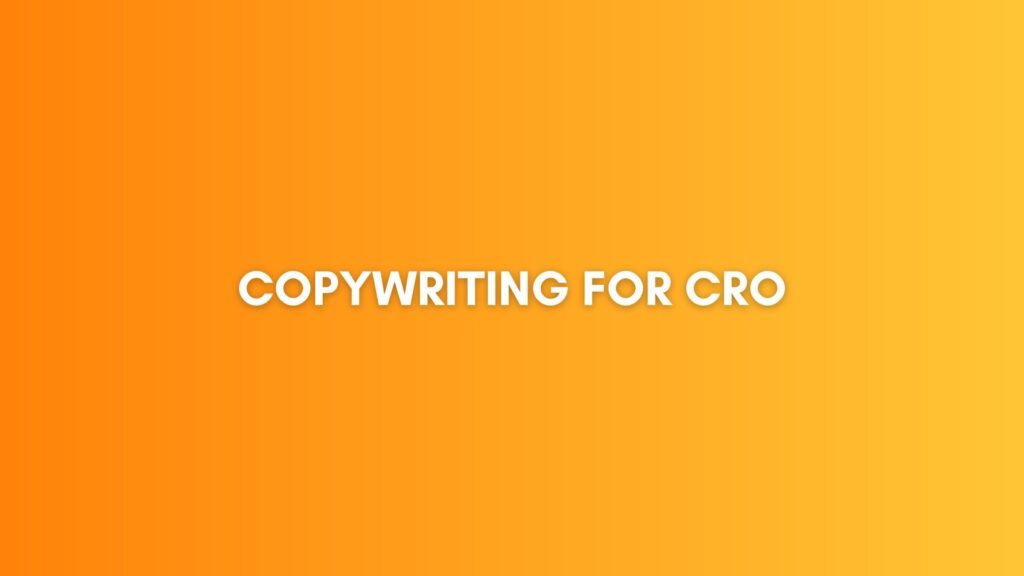
The Nexus: Copywriting and CRO
Copywriting serves as the voice of a brand, shaping narratives that resonate with target audiences and inspire action. In CRO, it channels persuasive messages, seamlessly guiding users toward conversion pathways. By aligning compelling copy with CRO objectives, organisations can maximise engagement, drive conversions, and unlock untapped revenue streams.
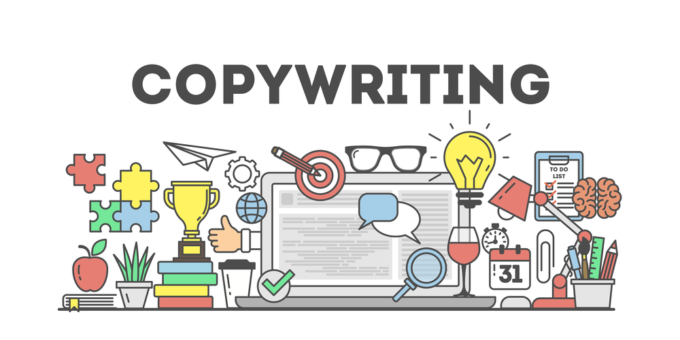
Strategies for Copywriting Success in CRO
Audience-Centric Approach:
Understanding the nuances of target demographics and psychographic profiles is foundational to effective copywriting for CRO. By crafting messaging tailored to address specific pain points and aspirations, businesses can forge authentic connections with their audience, fostering trust and loyalty.
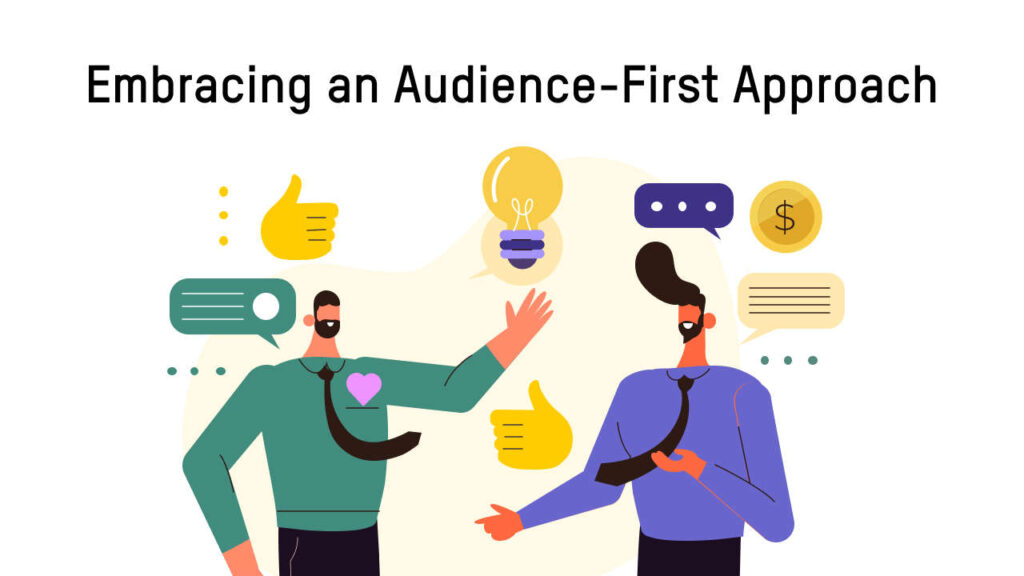
Example:
For a fitness apparel brand targeting young, active millennials, crafting messaging that speaks to their desire for stylish, performance-driven activewear can resonate deeply. Language emphasising comfort, versatility, and trendiness will establish an authentic connection with this audience, fostering trust and loyalty.
Powerful Headlines for Click-Worthy Content:
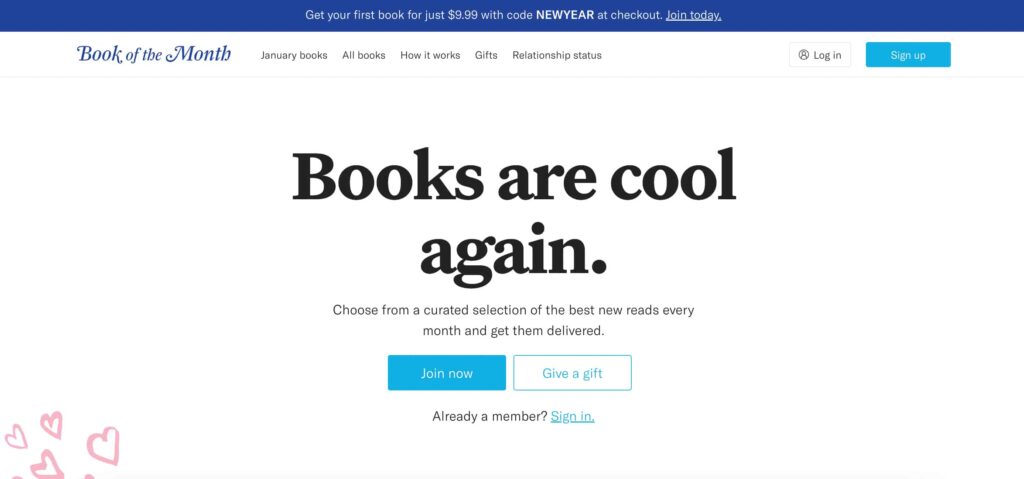
Headlines wield unparalleled influence in capturing user attention and driving engagement. Leveraging keyword-rich, compelling headlines optimised for search engines not only enhances visibility but also entices users to delve deeper into the content, setting the stage for conversion success.
Example: “5 Proven Strategies to Skyrocket Your Sales Conversion Rate”
This headline makes a promise of tangible results (“skyrocket your sales conversion rate”). By highlighting the number of strategies and the potential for significant improvement, it sparks curiosity and motivates users to delve deeper into the content, priming them for conversion success.
Psychological Persuasion Tactics:
Integrating psychological triggers such as social proof, scarcity, and authority positioning into copywriting endeavors can nudge users towards conversion. By tapping into innate human motivations and emotions, businesses can instill confidence and urgency, compelling users to take decisive action.

Example:
Incorporating social proof by featuring testimonials from satisfied customers alongside product descriptions can instill confidence in potential buyers. For instance, showcasing a review stating, “This activewear changed my workouts for so much better! I’ve never felt more confident and comfortable” appeals to the user’s desire for validation and authenticity, nudging them towards conversion.
Clarity and Conciseness for Enhanced Readability:

In an era characterised by information overload, clarity and conciseness are paramount. Crafting copy that is clear, concise, and easy to digest enhances readability and comprehension, minimising bounce rates and maximising engagement—a critical component of successful CRO strategies.
Example: “Moisture-wicking fabric | Breathable mesh panels | Stretchy, non-restrictive fit”
This communicates essential information concisely, minimising bounce rates and maximising engagement. Instead of lengthy product descriptions, succinct bullet points highlighting key features and benefits can enhance readability and comprehension.
Compelling Calls-to-Action (CTAs):

The CTA serves as the ultimate catalyst for conversion, beckoning users to take the next step in their journey. By crafting CTAs that are compelling, action-oriented, and strategically placed throughout the content, businesses can prompt users to convert seamlessly, driving tangible results and ROI.
Example: “Shop Now for Exclusive Deals”
This CTA combines action-oriented language (“Shop Now”) with a compelling benefit (“Exclusive Deals”), prompting users to take decisive action towards conversion. Its right placement and design will further enhance its effectiveness.
Data-Driven Iterative Optimisation:
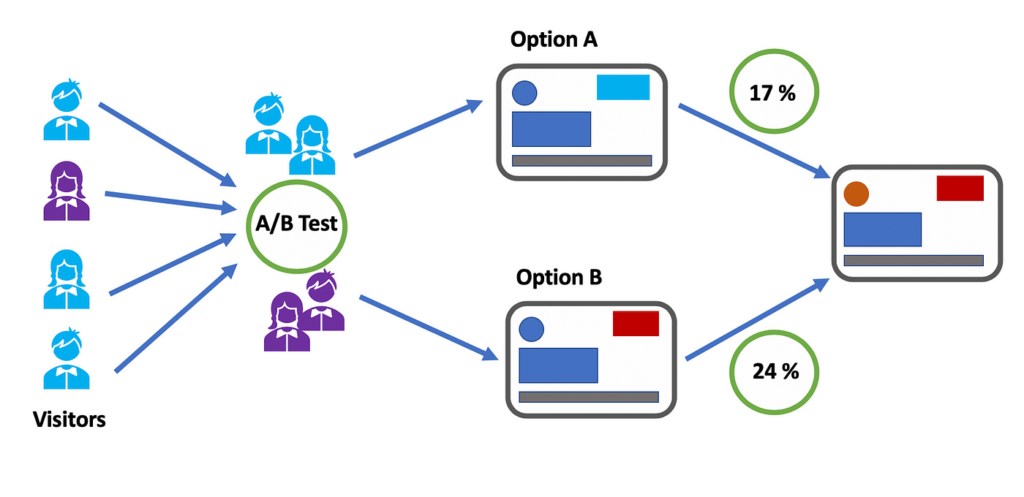
Continuous testing and optimization lie at the heart of effective CRO endeavours. By leveraging A/B testing methodologies to assess the performance of different copy variations, businesses can glean valuable insights into user preferences and behaviour, refining messaging iteratively to achieve optimal conversion outcomes.
Example:
Conducting A/B testing on different variations of product descriptions, CTAs, and landing page layouts can provide valuable insights into user preferences and behaviour. For instance, analysing metrics such as click-through rates and conversion rates can reveal which copy variations resonate most with the target audience, enabling iterative refinement of the copywriting efforts for optimal conversion outcomes.
Understanding Audience Psychology for Targeted Copywriting
In the dynamic world of marketing, success hinges not only on the quality of products or services but also on the ability to connect with and influence the target audience. Understanding audience psychology is a cornerstone of crafting targeted messaging that resonates deeply and drives desired actions. Let’s delve into the key principles of audience psychology and how they can inform your messaging strategies.
Know Your Audience Inside Out

Effective targeted messaging begins with a comprehensive understanding of your audience. Dive deep into demographic data, psychographic profiles, and behavioural insights to create detailed buyer personas. By knowing who your audience is – their preferences, pain points, aspirations, and challenges – you can tailor your messaging to speak directly to their needs and motivations.
Tap into Emotional Triggers
Emotions play a pivotal role in decision-making. By tapping into the emotional drivers in your copywriting that influence your audience, you can create messaging that resonates on a deeper level. Aligning your messaging with emotional triggers like belonging, or self-improvement can evoke powerful responses and foster stronger connections with your audience.

Leverage Social Proof and Authority
Humans are social beings, wired to seek validation and guidance from others. Incorporating social proof – such as testimonials, reviews, or endorsements – into your messaging can instill confidence and trust in your brand. Likewise, positioning your brand as an authority in your industry through thought leadership content, certifications, or awards can enhance credibility and influence purchase decisions.

Appeal to Cognitive Biases
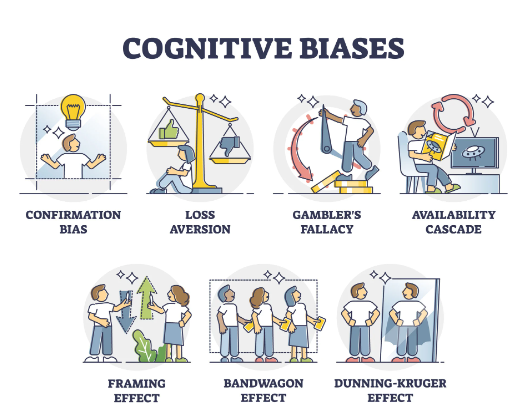
Cognitive biases are inherent shortcuts in human thinking that influence perception and decision-making. By understanding and leveraging these biases in your copywriting, you can nudge your audience towards desired actions. For example, using scarcity or urgency tactics can exploit the scarcity bias, prompting users to act quickly to avoid missing out on perceived opportunities.
Foster Engagement and Interactivity

Interactive content is highly engaging and can create a sense of involvement and investment in your brand. Encourage user participation through quizzes, polls, surveys, or interactive storytelling to capture attention and deepen engagement. Interactive experiences not only make your messaging more memorable but also provide valuable insights into audience preferences and behaviours.
Personalise the Experience

Personalisation is the hallmark of effective targeted messaging. By delivering content that is tailored to the individual preferences and interests of your audience, you can create a more relevant and meaningful experience. Utilise data insights to segment your audience and deliver personalised messaging across touchpoints, enhancing engagement and driving conversions.
Conclusion
Mastering the art of persuasive copywriting is indispensable for achieving CRO objectives. Blend data-driven insights with psychology to craft messaging that goes beyond words, prompting desired user actions and driving conversions. Embracing a mindset of continuous experimentation and optimisation empowers organisations to navigate evolving consumer preferences and emerge as leaders in their respective domains.

Understanding audience psychology is essential for creating targeted messaging that resonates and drives results. By knowing your audience inside out, tapping into emotional triggers, leveraging social proof and authority, appealing to cognitive biases, fostering engagement, and personalising the experience, you can create messaging that connects with your audience and drives action. Embrace the power of audience psychology, and watch your marketing efforts yield transformative outcomes.






